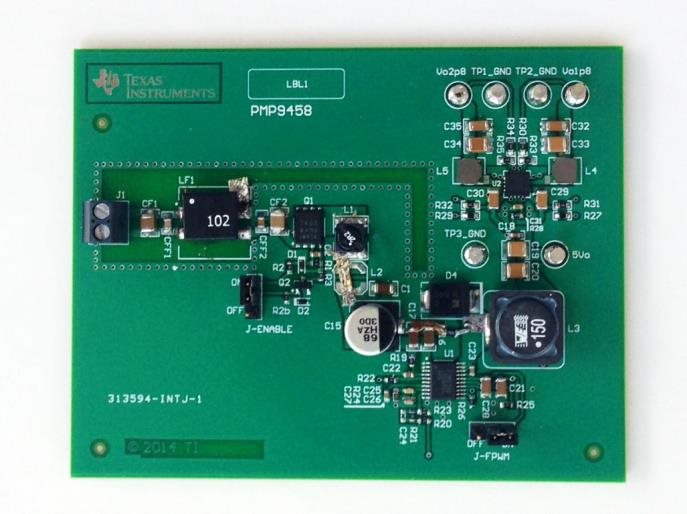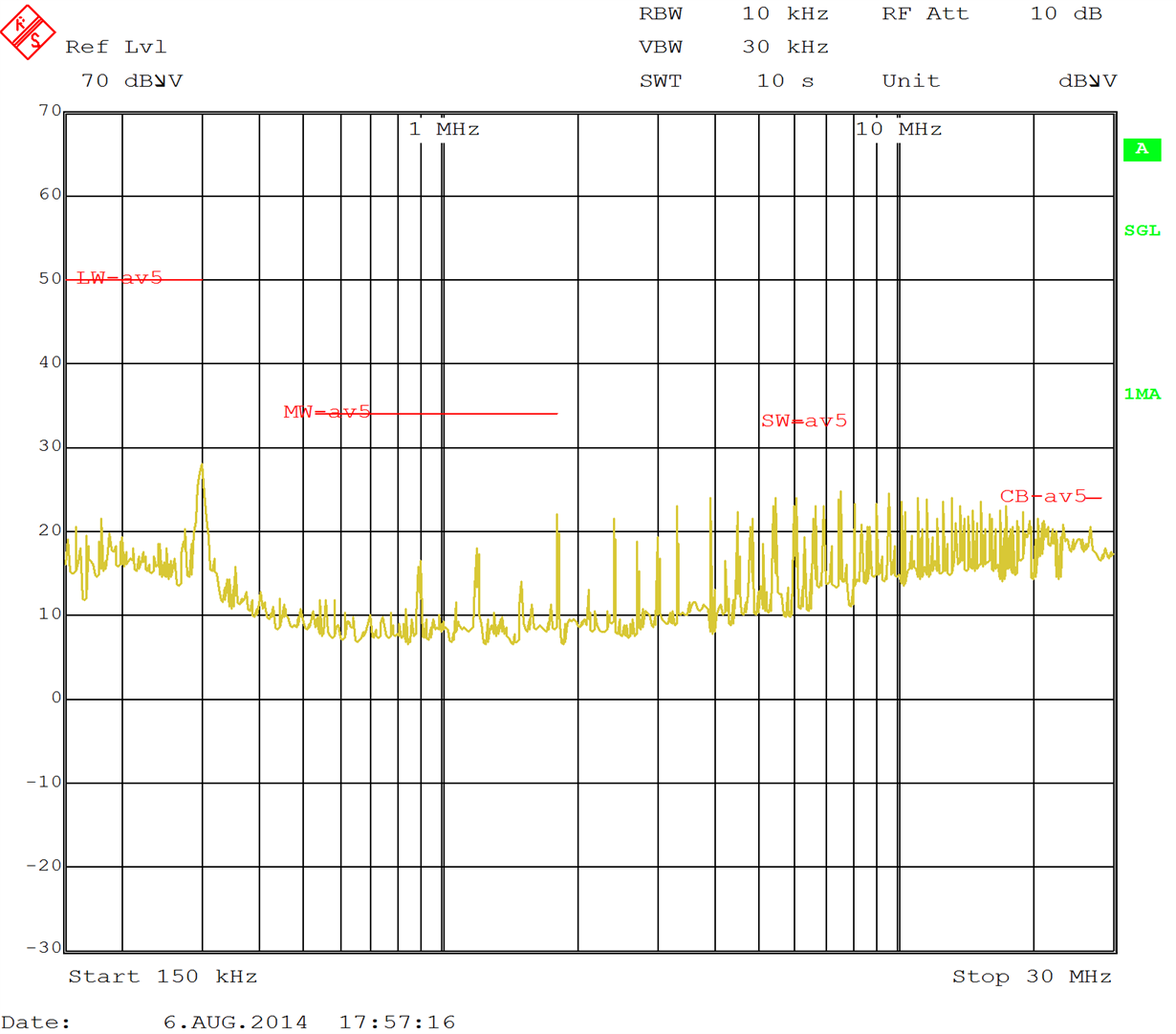SSZTC17 october 2015 LM26003 , LM26420
Clusters are becoming larger to accommodate the ever increasing amount of data available to the driver and also to give this information in real time. Cluster displays are moving away from traditional mechanical-based solutions to LCD-based designs, giving the driver more options to customize it and personalize the driving experience.
This trend has some challenges for the design engineer. Motor drives being electro-mechanical don’t show visible interference from issues like EMC, but this issue on an LCD display can be seen as visible ripples (intermittent lines), which can distract the driver. Practically, it is possible to shield a motor drive better than an LCD display, which has to be more open and not hidden behind the front panel.
Secondly, modern cluster displays need to work during both cold crank and warm crank conditions. During these phases of the automobile operation, they can be particularly susceptible to large transients on the inputs and outputs of the system. Such conditions can also contribute to disturbances in the display that may not be seen on a motor drive, like blurred figures or distortion.
Lastly, as cluster displays get larger, the PCB grows to support the display, since it is the backbone to the overall construction of the unit. The PCB adds significant cost to the overall solution and can become the highest-cost item on the bill of materials. Because of this, cluster PCBs are typically designed on two layers to keep costs low. Two-layer designs are more susceptible to noise, as there are only a few copper layers to minimize noise through the power planes. This sets up quite a challenge for the engineers who have to design such systems.
A TI Designs reference design, the CISPR 25 Class 5 Rated 14W Multioutput Power Supply for Automotive Cluster Unit reference design, can help overcome these issues or guide the engineer to best practices (Figure 1). The reference design is a conducted electromagnetic interference (EMI)-optimized two-layer board power supply for automotive cluster units. The power supply has two buck regulators in a cascaded connection. The first-stage buck generates a 5V at 2A output using the LM26003. The second stage generates two outputs of 2.8V at 1.5A and 1.8V at 2A using the LM26420 (the total maximum output power is 14W).
 Figure 1 Cluster Power-Supply Reference
Design
Figure 1 Cluster Power-Supply Reference
DesignThe LM26003 is a wide VIN nonsynchronous buck regulator and the LM26420 is a 5V-input dual 2A high-frequency synchronous buck regulator. They are both automotive-qualified to AEC-Q100 Grade 1.
The input-voltage range of the reference design is 6.5V to 38V, making it suitable for 12V automotive battery systems and covering most cold- and warm crank conditions. If the specification requires lower than 6.5V, it would be necessary to use a pre-boost or buck-boost. The two-layer board design has an additional input-filter stage to improve conducted EMC performance and minimize any challenges to the display like flickering lines, or information not being visible or presented incorrectly. The board is tested under the automotive EMC standard, CISPR 25, and its conducted emissions are in compliance with CISPR 25 Class 5 requirements. See Figure 2.
 Figure 2 Conduction EMC across 150kHz
to 30MHz Using the Cluster Power-Supply Reference Design
Figure 2 Conduction EMC across 150kHz
to 30MHz Using the Cluster Power-Supply Reference DesignWith a design like this, it’s possible to meet the stringent requirements of large LCD displays, manage thermal constraints by offering high efficiency (since there are limited PCB layers for thermal dissipation), and keep costs to a minimum by having as few components as possible for noise suppression.
Additional Resources
Consider the products featured in the CISPR 25 Class 5 Rated 14W Multioutput Power Supply for Automotive Cluster Unit reference design for your next design.